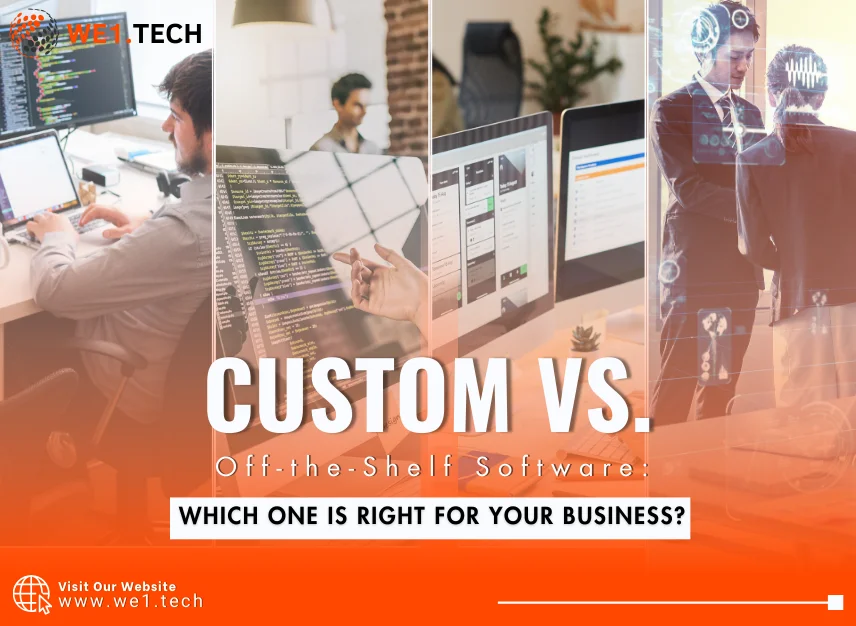
In today's digitalized world, businesses rely heavily on software solutions to streamline workflows and improve productivity. The right software can help companies enhance efficiency, reduce costs, and gain a competitive edge. However, choosing the right software is not always simple.
One of the biggest decisions businesses face is whether to invest in custom software or go with a ready-made, off-the-shelf solution. Custom software is tailored to meet specific business needs, while off-the-shelf software is a pre-built solution designed for a broader audience.
Both these options have their own benefits as well as drawbacks. The choice depends on several factors, such as budget, scalability, business requirements, and long-term goals.
In this blog, we will explore both software types in detail, compare their pros and cons, and help you determine which one is the right fit for your business. So, let's get started!